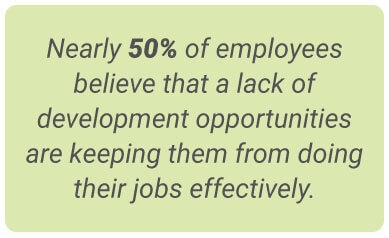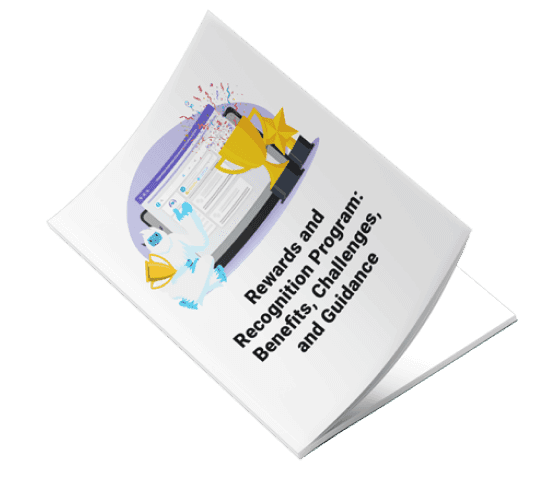
The Importance Of Employee Development In Organizational Strategies
April 5, 2022
|
Erika Rahman

Why employee development strategies matter
Types of employee learning and development strategies

Developing an employee engagement strategy
1. Culture
2. Retention
3. Training
4. Motivation
5. Employee Engagement
Motivosity makes employee development strategies easier than ever
About the Author

Erika Rahman is a Product Marketing and Content Specialist at Motivosity. She studied marketing and business management at Utah Valley University. Erika has a broad background—from optometry to trade school administration—giving her a love and understanding for people across industries. She grew up in Northern California and Colorado, and currently calls the Utah slopes home.
Learn More
Learn More






